A massive biomass project proposal in Longview by the Drax Group is raising concerns about forests’ ability to power the world
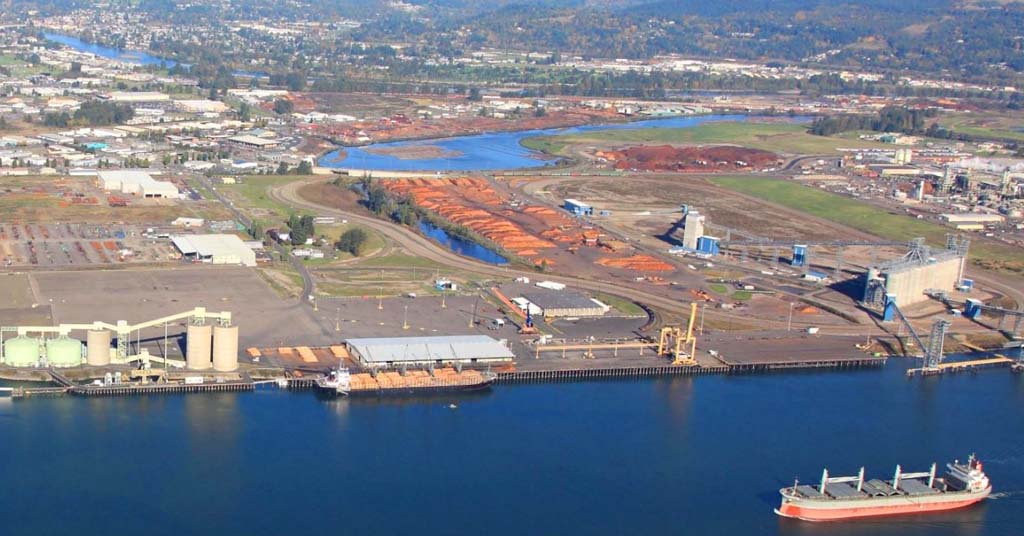
More industry: On the Columbia River in southwest Washington, the Port of Longview is the site of a proposed wood pellet manufacturing facility. Photo: Port of Longview
By Nick Engelfried. February 15, 2024. Diane Dick wasn’t looking to get involved in a fight with a major European energy company.
But when the Longview, Wash., resident learned about UK-based Drax Group’s plan to build a massive biomass wood pellets manufacturing and export plant in her community, she felt she had no choice.
“I’ve been an environmental activist for the last 12 years,” says Dick, who has lived in Longview since 1985.
In the 2010s, she joined local efforts to oppose the construction of a coal export terminal in Longview, an oil export project in Vancouver, Wash., and a methanol plant in Kalama, Wash.
Each of those projects was eventually defeated or abandoned by its developer.
“I thought things were sort of slacking off. When I heard about a wood pellet facility being built here, I didn’t think much of it at first,” she says.
Longview originated as a timber company town in the 1920s. Today, the port is a hub for exporting wood products as well as grain, soda ash, wind turbine parts and much more.
According to data published by the Port of Longview last year, its top trading partners were China, Japan, South Korea, Philippines and Australia.
Dick had seen plenty of wood pellets being shipped through the area, and the new facility sounded in keeping with the town’s longstanding importance as a place of commerce for the local timber industry.
“But then I started looking into it,” she says. “And I realized this was something different.”
Biomass on the Columbia
In December 2022, Drax Group finalized a $300 million investment in building up new U.S. wood pellet production, including the proposed Longview project.
“Drax is a growing, international business at the heart of the green energy transition, and we are accelerating our plans to invest billions of pounds in critical renewable energy and carbon removal technologies which could create thousands of jobs and generate the secure, renewable power that this planet urgently needs,” Drax CEO Will Gardiner said at the time.
For decades, the heart of Drax’s business was the Drax Power Station in England, which at one point had 4 gigawatts of coal-fired generating capacity—making it the largest coal plant in Western Europe.
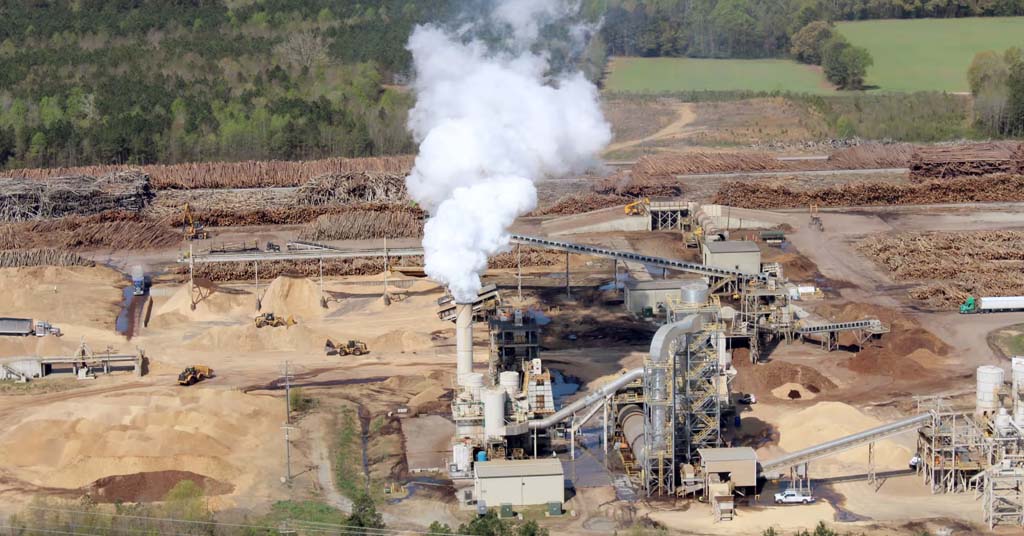
Burning for you: This wood pellet plant in North Carolina is operated by Maryland-based Enviva, among world’s largest biomass producers. It turns trees into wood pellets for export to the UK, Europe and Japan to burn for energy. Photograph: Southern Environmental Law Center
Drax’s reliance on coal made it a target for criticism from climate activists, and in 2003 the company began mixing wood pellets with the coal it burned, converting one boiler to run entirely on biomass by 2013.
Last year, Drax announced it had finished transitioning its power station, which now consists of four operational boilers, to run solely on wood biomass.
Drax Group has also become a major player in the global biomass market, producing pellets not only for its own use but for buyers in Europe, North America and Asia. It currently exports wood for energy out of British Columbia and the U.S. Gulf region.
The Drax website refers to biomass as a “renewable, sustainable form of energy.”
However, a growing body of evidence casts doubt on the idea of wood biomass as a greener alternative to fossil fuels.
Drax and other biomass supporters argue the fuel is climate neutral because the carbon released when burning it is theoretically offset by that absorbed while the trees or other plants used to make it are growing.
The on-the-ground reality gets complicated, however—especially when biomass energy comes from trees that took decades or centuries to reach their full carbon-storing potential.
“You have to burn more wood to generate the same amount of energy that you would get if you were burning coal,” Brenna Bell, climate forest manager for nonprofit 350PDX, tells Columbia Insight. “And every stage in the life of a biomass pellet is significant for the climate, starting with logging. We’re talking about an industry removing whole trees that would otherwise serve as carbon sinks to turn into pellets.”
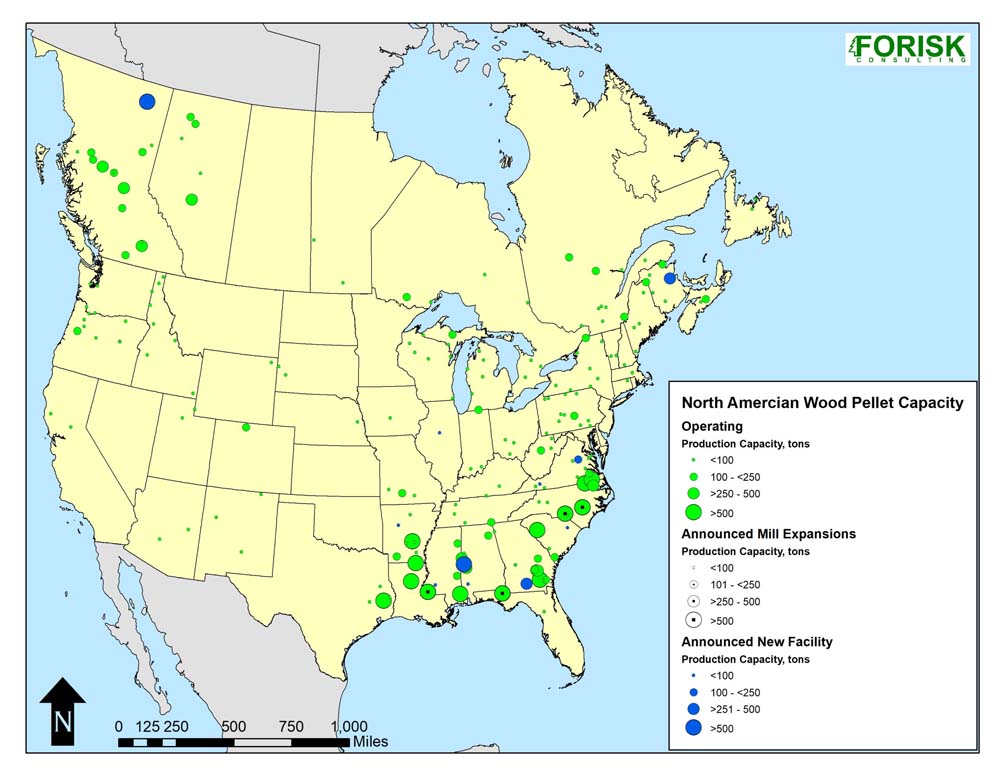
North American Pellet Mills as of 2022. Units: thousand U.S. short tons. Source: Forisk North American Forest Industry Capacity Database
The planned Longview facility would process 450,000 metric tons of wood annually, according to Drax’s 2022 strategic report.
Exactly where all that biomass comes from would likely depend on fluctuations in the regional timber market.
However, another report from Drax subsidiary Pinnacle Renewable Energy identifies a potential supply base that covers a vast area including all of Oregon, Washington, Idaho and Montana, as well as parts of northern California and Wyoming.
“A mix of National Forests, state forests and private forestlands is where we would expect the wood to come from,” says Bell. “I worry about the impact on our local timber industry of such a huge corporate entity coming in and competing for wood.”
Local business opportunity
Some residents of Longview and surrounding Cowlitz County are eager to do business with Drax.
“This is a significant capital investment for our community,” says Ted Sprague, president of the Cowlitz Economic Development Council. “Anytime you’ve got a company with this much money choosing to invest here, it’s going to be very welcome.”
Dennis Weber, District 2 commissioner on the Cowlitz County Council, agrees.
“Longview has a long history of corporate collaboration on the use of by-products of the forest products industry dating back to the city’s founders in the 1920s,” Weber told Columbia Insight in an email. “Local leaders continue to support such collaboration to redevelop available industrial sites. In the harvesting of logs for both lumber and pulp production there is plenty of carbon-laden waste (i.e. branches and bark) that typically used to be burned at the clear-cut sites. Drax believes that there is a big enough market in the region to transform these waste products into a marketable resource.”

Business opening: Possible site for the Drax biomass project, looking east from the parking lot of the Port of Longview office. Photo: Diane Dick
Forest advocates like Bell question whether wood waste can realistically meet demand from the proposed facility.
“The important word here is scale,” says Bell. “There is a deep history in our area of burning wood waste to create power or heat, but there’s only so much slash left from logging. When you start scaling up biomass to larger than residential or light industrial use, it becomes unsustainable.”
The Pinnacle Renewable Energy report identifies wood processing residues, post-consumer fibers and primary wood feedstock—an apparent reference to whole tree trunks or other intact wood—as potential sources of raw material for the Longview plant.
Drax Group did not respond to requests for comment for this story.
Public hearing to come
“Until recently, I was only peripherally knowledgeable about forest conservation,” says Diane Dick. “I was more worried about petroleum and fossil fuels.”
On its face, Drax’s Longview plant seems quite different from fossil energy export projects involving coal, oil or natural gas derivatives like methanol.
According to Drax, wood pellets are a form of carbon neutral, renewable energy.
However, the likelihood that its plant would rely heavily on harvesting whole trees from throughout the Pacific Northwest has climate advocates concerned.
A 2021 paper from the London-based policy institute Chatham House disputes the idea that U.S. biomass can be a sustainable energy source for companies like Drax, stating that “wood burning increases atmospheric CO2 levels for decades or even centuries until the regrowing forest can accumulate enough carbon to replace that lost previously to harvesting.”

Active interest: Diane Dick. Photo: Diane Dick
In other words, while forests that are cut down for biomass may eventually regenerate and reabsorb the lost carbon, there is a substantial lag time during which planet-warming gases remain in the atmosphere. Chatham refers to this gap as the “carbon payback period.”
“When I realized the extent of what Drax wants to do, I started running numbers,” says Dick.
She quickly became convinced processing the volume of wood Drax proposes using would require far more biomass than can be supplied from wood waste or post-consumer fibers alone.
“That means more industrial clear-cutting in our forests,” she says.
For many Pacific Northwest climate activists, forest conservation has become inextricably intertwined with combatting climate change.
“There’s so much carbon in a tree, both in the trunk and in the soil,” says Bell. “Our understanding of forest carbon has changed drastically in the last 10 years as the importance of keeping trees standing and growing has become clear.”
Other concerns about the Drax plant have to do with local air and noise pollution.
“Longview is already heavily industrialized, and the amount of pollution this plant would add into the local airshed is significant,” says Dick.
Then there are the noise levels associated with hammer mills used to turn logs into wood pellets. These can approach 100 decibels, comparable to a typical train horn.
“We can expect to hear that kind of noise from Drax around the clock, 24/7, once this plant is built,” says Dick.
Because its facility would be on land zoned as industrial, Drax likely wouldn’t need a noise permit.
However, there are permissions the company still requires before it can begin construction.
One is a permit from the Southwest Clean Air Agency, which enforces the federal Clean Air Act and other air pollution laws in Southwest Washington.
“At some point, maybe as early as this spring, there will be a public hearing as part of that permitting process,” says Bell. “If Drax doesn’t get the permits they need, they can’t go ahead. Our focus will be on making it clear to decision makers that there’s no reason to invite this company into our region.”
In preparation for upcoming public input opportunities, environmental organizations on both sides of the Columbia are focusing on educating people about what they see as the Drax project’s problematic impacts.
Groups like 350PDX and concerned Longview residents like Dick have disseminated information through their email lists, tabled at public events and last month hosted a screening of Burned, a documentary about the biomass industry’s environmental footprint.
“Whether you look at forest conservation, carbon emissions or the impact of local noise and air pollution on our community, a major biomass plant like what Drax wants to build is significant,” says Dick. “We can’t afford to continue devaluing the importance of our trees for the climate.”




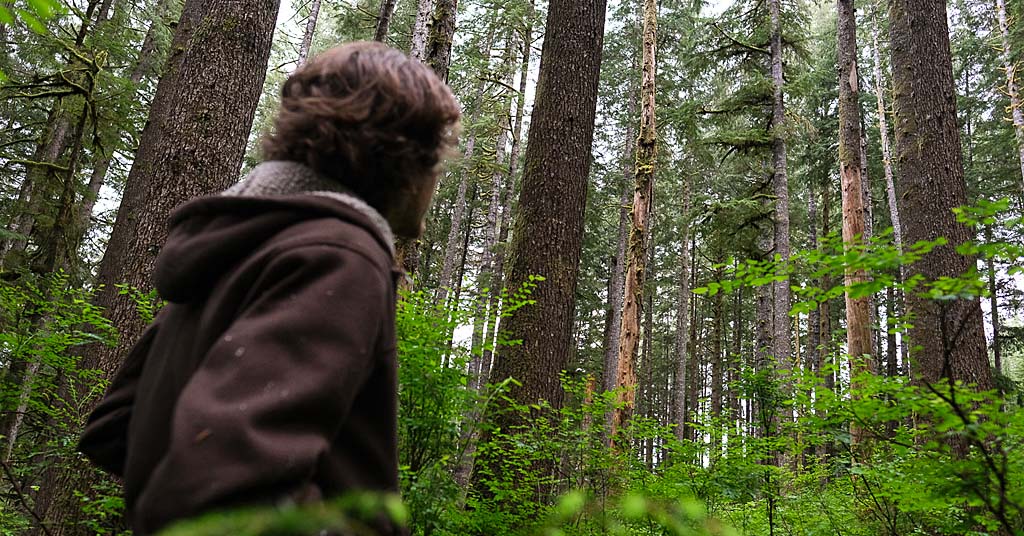


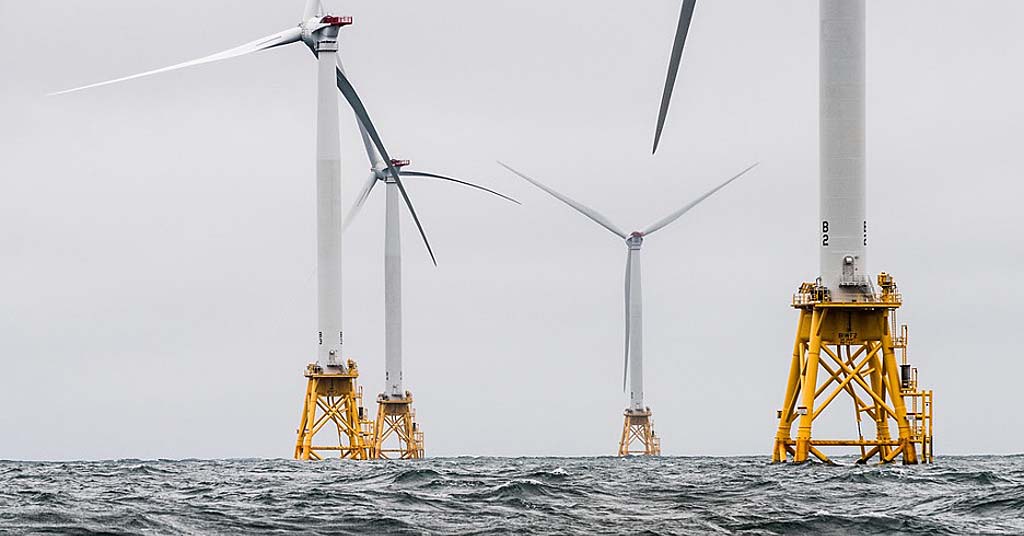



Let us not forget the fact that the chips will be transported on vessels emitting CO2…….
What can we do to oppose this project? Is there a petition or letter writing campaign?
I am extremely concerned about the wood biomass industry’s threat to forests of the Pacific Northwest and elsewhere. I am a retired biologist living in Bend, Oregon and I want to take action, asap! I would appreciate any information and assistance you can give me.
When will WE reject this ultra-polluting, make more money at any cost scheme for what it is? Exactly this kind of thinking is what got US here in the first place!